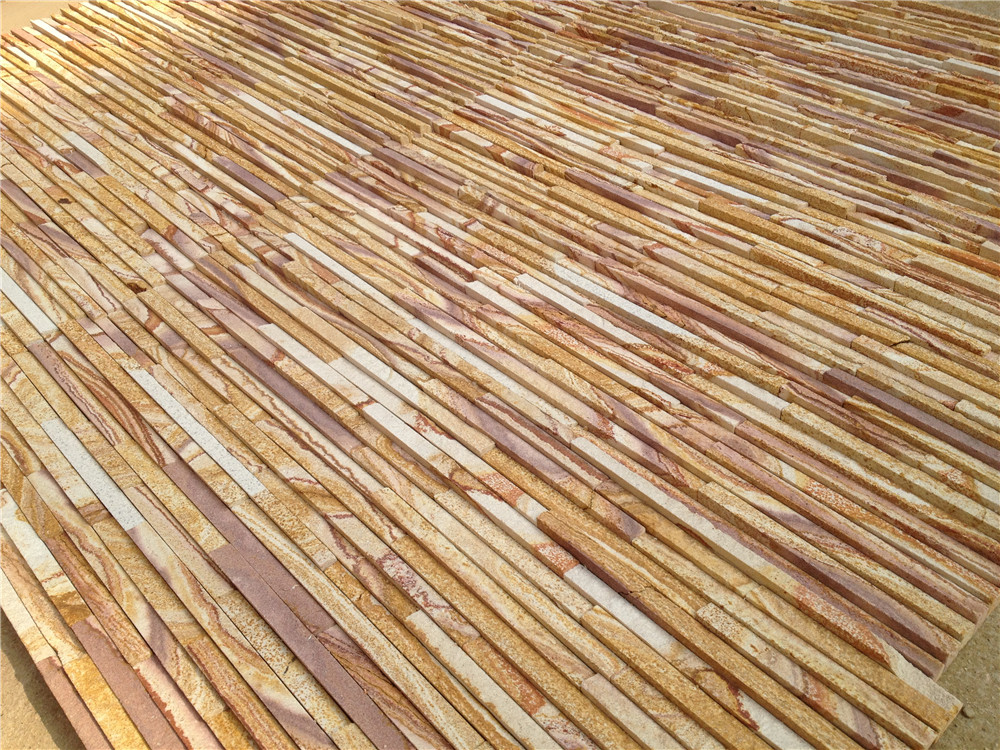Introduction
Cultured stone walkways are a popular choice for enhancing the beauty and functionality of outdoor spaces. These versatile and durable materials offer numerous benefits, making them a preferred option for homeowners, landscapers, and designers alike. In this article, we will delve into the world of cultured stone walkways, exploring their various advantages, design options, installation process, maintenance requirements, and more. By the end of this comprehensive guide, you will have a thorough understanding of how cultured stone walkways can transform your outdoor area into a stunning and inviting space.
Benefits of Cultured Stone Walkways
Cultured stone walkways offer a wide range of benefits that make them an attractive choice for outdoor projects. One of the primary advantages of using cultured stone is its versatility in design. Cultured stone comes in a variety of colors, shapes, and textures, allowing for endless creative possibilities. Whether you prefer a rustic, traditional look or a sleek, modern aesthetic, there is a cultured stone option to suit your style.
In addition to their aesthetic appeal, cultured stone walkways are also highly durable and long-lasting. Made from a mixture of natural stone aggregates, cement, and pigments, cultured stone is designed to withstand the elements and maintain its beauty over time. Unlike Stone veneer for bathroom walls , cultured stone is more consistent in color and texture, ensuring a uniform appearance throughout the walkway.
Another key benefit of cultured stone walkways is their ease of maintenance. Cultured stone is resistant to stains, mold, and mildew, making it a low-maintenance option for outdoor spaces. Regular cleaning with soap and water is typically all that is needed to keep cultured stone walkways looking their best.
Design Options for Cultured Stone Walkways
When it comes to designing a cultured stone walkway, the possibilities are virtually endless. Cultured stone is available in a wide range of shapes, sizes, and colors, allowing you to create a custom look that complements your outdoor space. Whether you prefer a classic cobblestone pathway, a sleek slate walkway, or a whimsical mosaic design, there is a cultured stone option to suit your style.
In addition to its aesthetic versatility, cultured stone can also be used to create various patterns and textures in your walkway. From herringbone to basketweave to random flagstone, the design options for cultured stone walkways are limited only by your imagination. By mixing and matching different types of cultured stone, you can create a unique and visually interesting walkway that adds character and charm to your outdoor area.
Installation Process of Cultured Stone Walkways
Installing a cultured stone walkway is a relatively straightforward process that can be completed by a skilled DIYer or a professional landscaper. The first step in the installation process is to prepare the area where the walkway will be located. This may involve removing existing vegetation, leveling the ground, and compacting the soil to create a stable base for the walkway.

Once the area is prepared, the next step is to lay a base of gravel or sand to provide a level surface for the cultured stone. This base layer helps to prevent settling and ensures that the walkway remains stable over time. After the base layer is in place, the cultured stone can be laid in the desired pattern, taking care to create tight joints and a smooth surface.
Grouting is often used to fill in the gaps between the cultured stone pieces and create a seamless finish. Grout is available in a variety of colors to complement the cultured stone and enhance the overall look of the walkway. Once the grout has dried, the walkway can be sealed to protect the cultured stone from staining and weathering, ensuring its long-term durability.
Maintenance of Cultured Stone Walkways
While cultured stone walkways are relatively low-maintenance compared to natural stone, they still require some care to keep them looking their best. Regular cleaning is essential to remove dirt, debris, and organic matter that can accumulate on the surface of the cultured stone. A mild detergent and water can be used to clean the walkway, followed by a thorough rinse with clean water.
In addition to cleaning, it is also important to inspect the walkway periodically for any signs of damage or wear. Cracks, chips, and loose stones should be repaired promptly to prevent further damage and ensure the longevity of the walkway. Sealing the cultured stone periodically can also help to protect it from staining and weathering, extending its lifespan and maintaining its appearance.
Conclusion
Cultured stone walkways are a versatile and durable option for enhancing the beauty and functionality of outdoor spaces. With their wide range of design options, easy installation process, and low maintenance requirements, cultured stone walkways offer numerous benefits for homeowners, landscapers, and designers. Whether you are looking to create a classic cobblestone pathway, a sleek slate walkway, or a whimsical mosaic design, there is a cultured stone option to suit your style. By following the guidelines outlined in this article, you can transform your outdoor area into a stunning and inviting space with the timeless beauty of cultured stone walkways.
